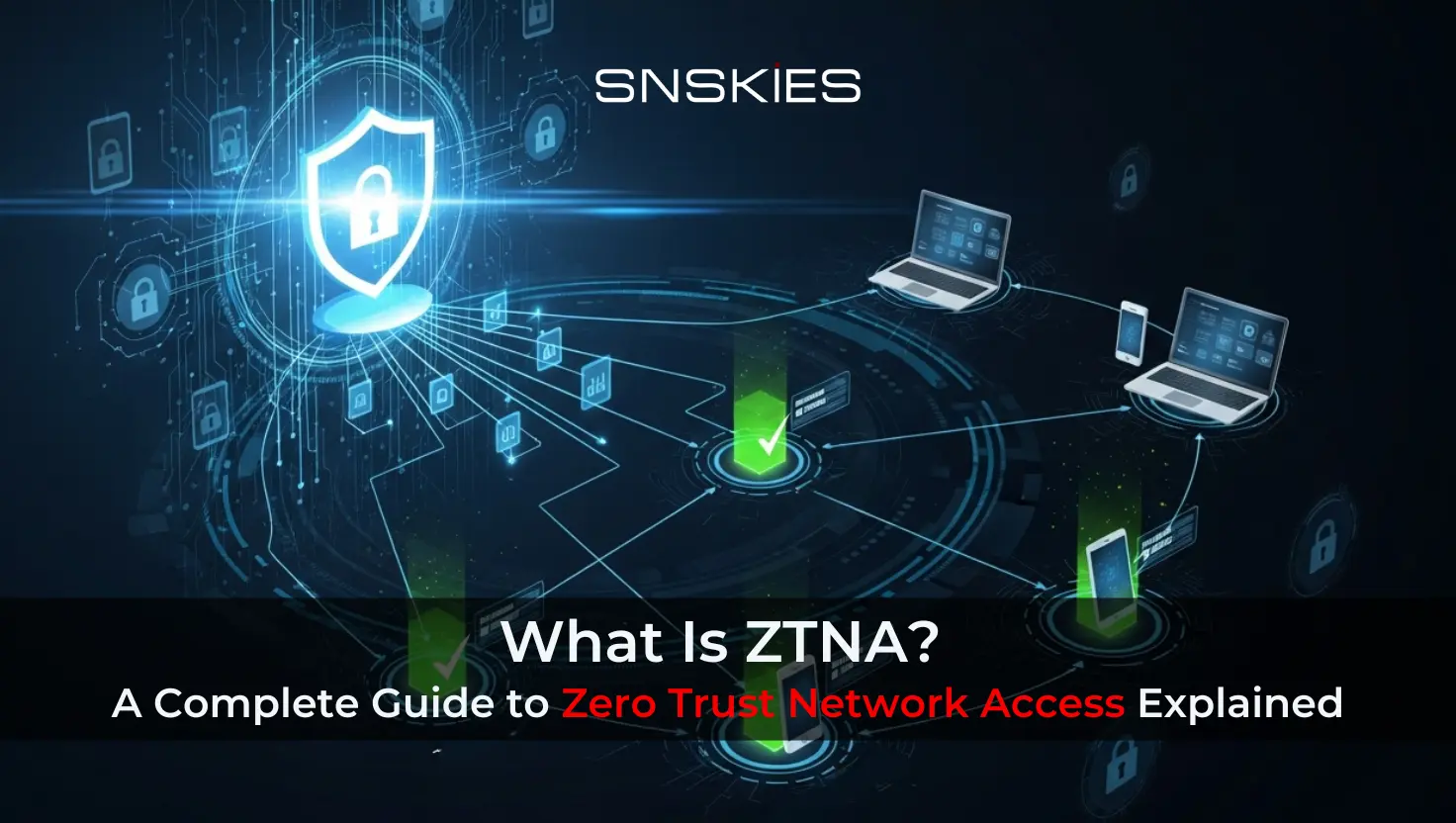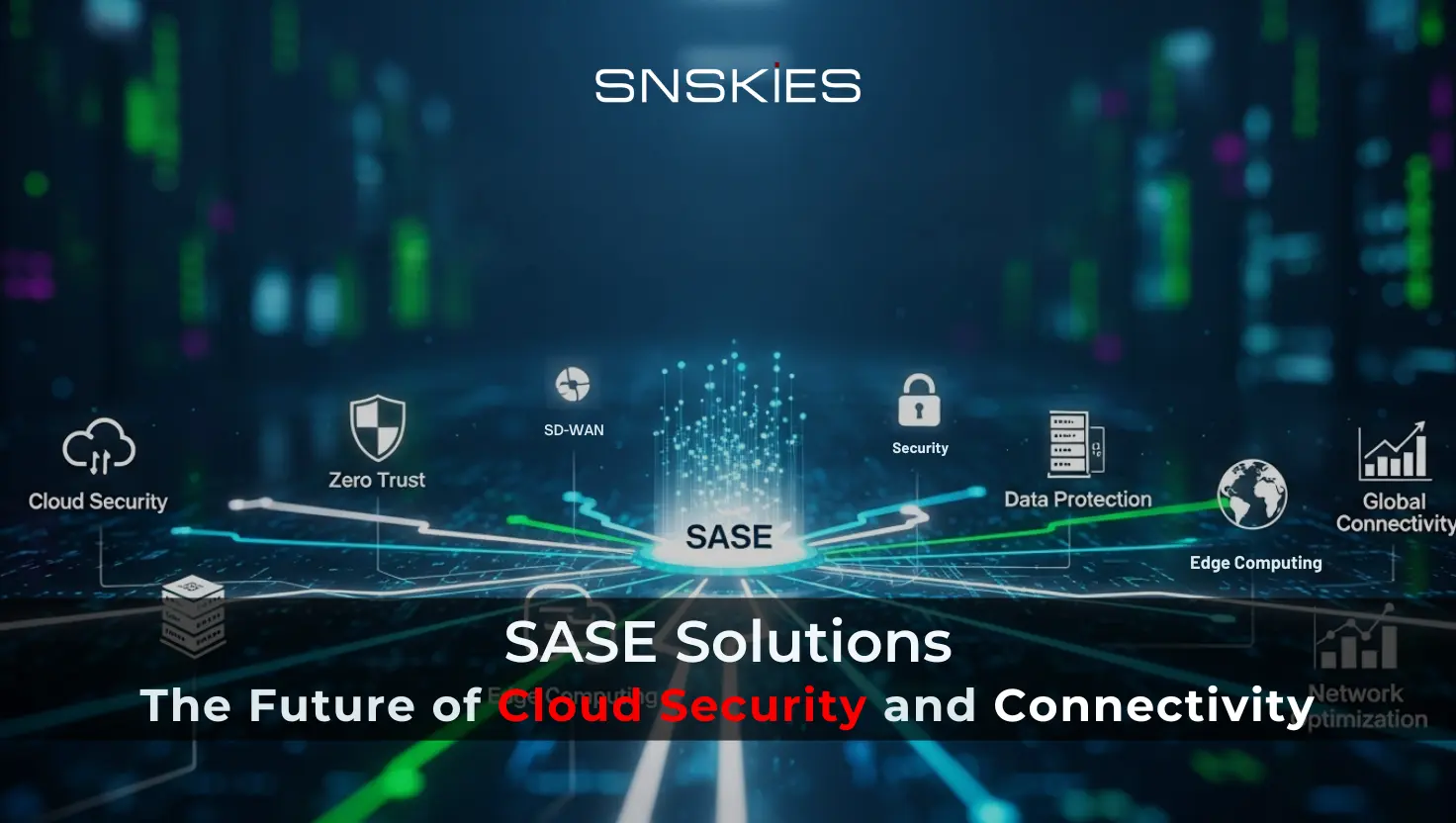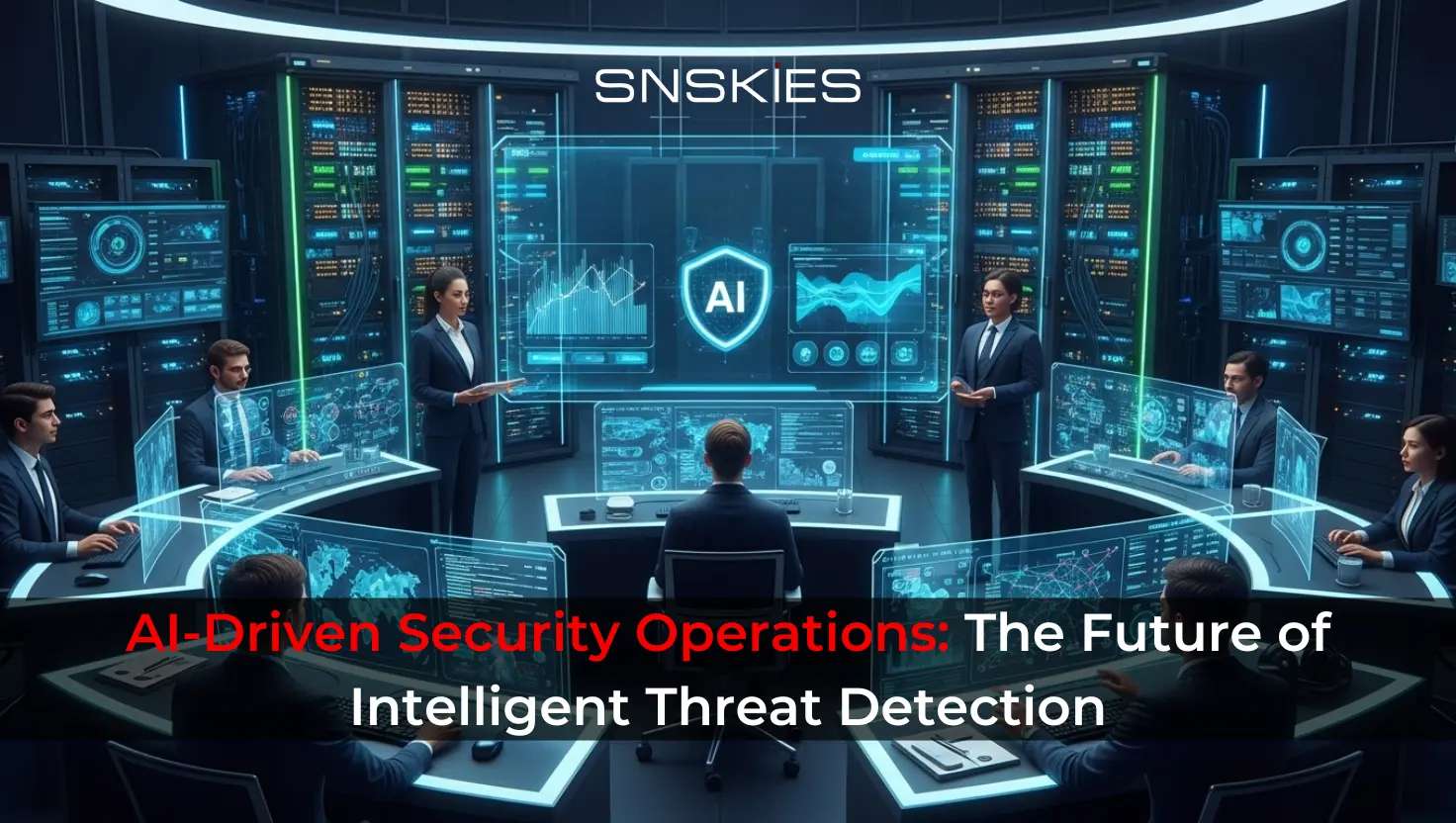- Articles
Unlocking Business Potential with IT Infrastructure Solutions
- Articles
Unlocking Business Potential with IT Infrastructure Solutions
- Articles
- October 14, 2025
Businesses today depend on strong IT infrastructure solutions for efficiency, innovation, and growth. These solutions cover hardware, software, networks, and services to support tech ecosystems, including cloud, data centers, and cybersecurity for continuity and scalability.
What Are IT Infrastructure Solutions?
IT infrastructure handles data storage, processing, and transmission. Solutions optimize components like servers, storage, networking, and virtualization.
Hybrid models mix on-premises with clouds like AWS, Azure, or Google Cloud. Small firms use basic setups; enterprises apply SDN or Docker/Kubernetes for scalability.
Microsoft used Azure and AI for hybrid work adaptation. A transportation firm on AWS boosted efficiency 80% and cut costs 30%.
Security features like firewalls and encryption address threats, ensuring GDPR/HIPAA compliance.
The Benefits of Implementing Advanced IT Infrastructure Solutions
Solutions improve performance by cutting latency, enhancing customer experiences. Edge computing speeds e-commerce delivery.
Cloud models reduce costs 30-40% via pay-as-you-go, with automation freeing teams for innovation.
Eco-designs like renewable energy cut carbon footprints. A goods company used cloud/IoT for efficient, green supply chains.
Key Types of IT Infrastructure Solutions
- Hardware: Servers and storage for reliability. A sportswear brand merged ops with ERP for agile experiences.
- Software: OS, databases, tools; open-source like Linux for affordability.
- Network: Switches and SD-WAN for bandwidth optimization.
- Cloud/Hybrid: Agile blends for finance data needs. A telecom app gained 200,000 users via microservices.
- Security: Detection tools. A firm cut tickets 15% with CRM integration.
Tailor via experts based on size and goals.
Emerging Trends in IT Infrastructure Solutions
AI predicts issues; an energy firm uses digital twins for safety.
Edge cuts latency for IoT; 5G aids remote work.
Green IT and zero-trust enhance efficiency and security. A fashion brand scaled supply chains with platforms.
How to Choose the Right IT Infrastructure Solutions
Audit systems, engage stakeholders for alignment.
Partner with Cisco/Dell for scalable support.
Budget total costs; pilot for ROI validation.
Train staff: A pharma sped R&D 30-40% with AI; a clinic streamlined workflows via EHR.
Future-Proofing Your Organization with IT Infrastructure Solutions
IT solutions offer agility, cost savings, and growth. They turn challenges into innovation opportunities. Consult experts for insights.
FAQs About SD-WAN Service Providers
IT infrastructure includes the hardware, software, networks, and facilities that support data management and business operations, forming the backbone of modern technology ecosystems.
They enhance efficiency, reduce costs through scalable models, improve security against threats, and support innovation by enabling faster data processing and better resource allocation.
Traditional infrastructure relies on on-premises hardware like physical servers, while cloud-based uses remote, scalable services from providers like AWS or Azure, offering flexibility and lower upfront costs.
Signs include frequent downtime, slow performance, high maintenance costs, or inability to support growth. Conduct an audit to identify bottlenecks and consult experts for recommendations.
Security is integral, with features like firewalls, encryption, and zero-trust models protecting against cyber threats. Regular updates and compliance with standards like GDPR ensure data safety.
Yes, if your in-house team is overwhelmed or lacks expertise. Outsourcing provides 24/7 support, cost savings, and access to advanced tools, but evaluate providers for reliability and risk management.
Key trends include AI-driven automation, edge computing for low-latency IoT, 5G connectivity, and sustainable green IT practices to reduce environmental impact.
Recent Post
- All Posts
- Articles


